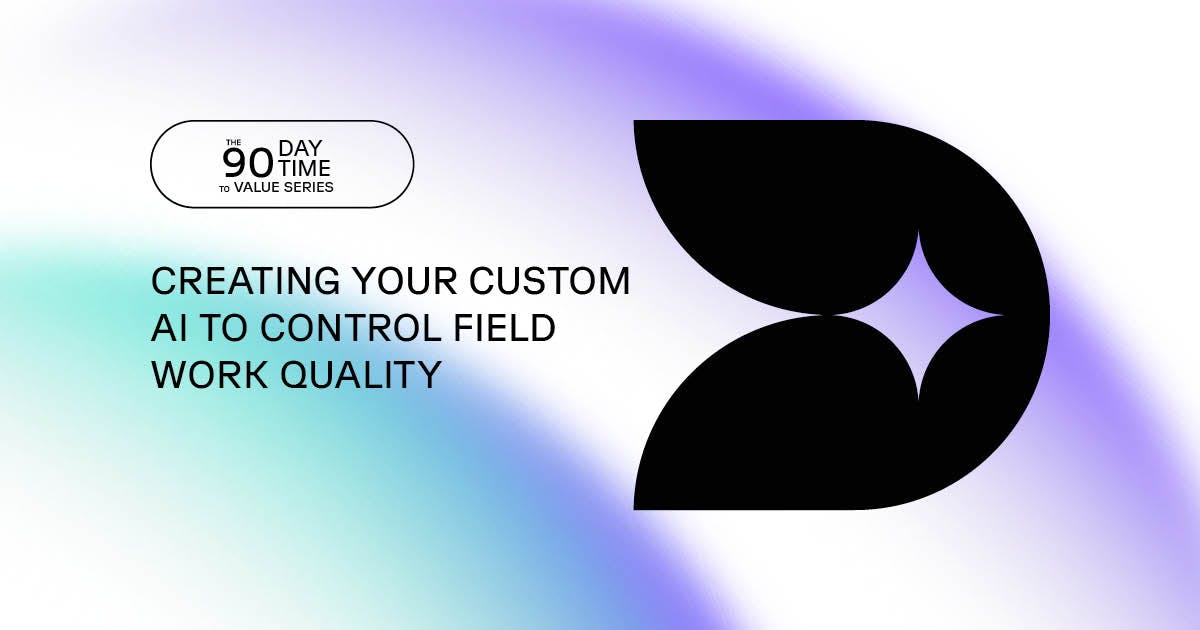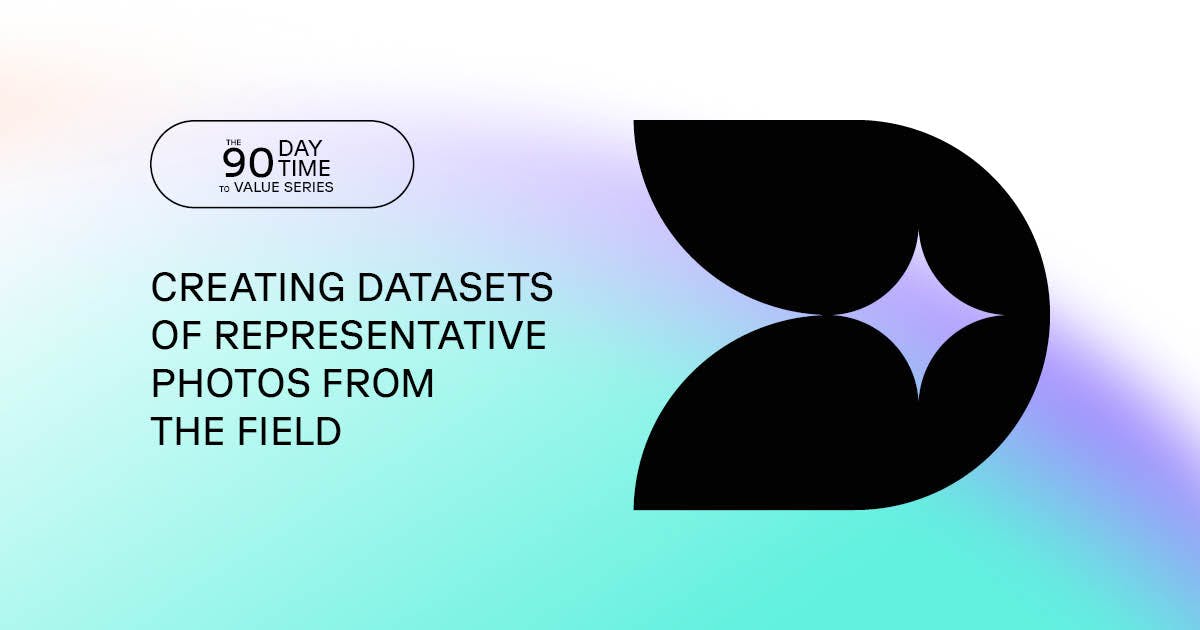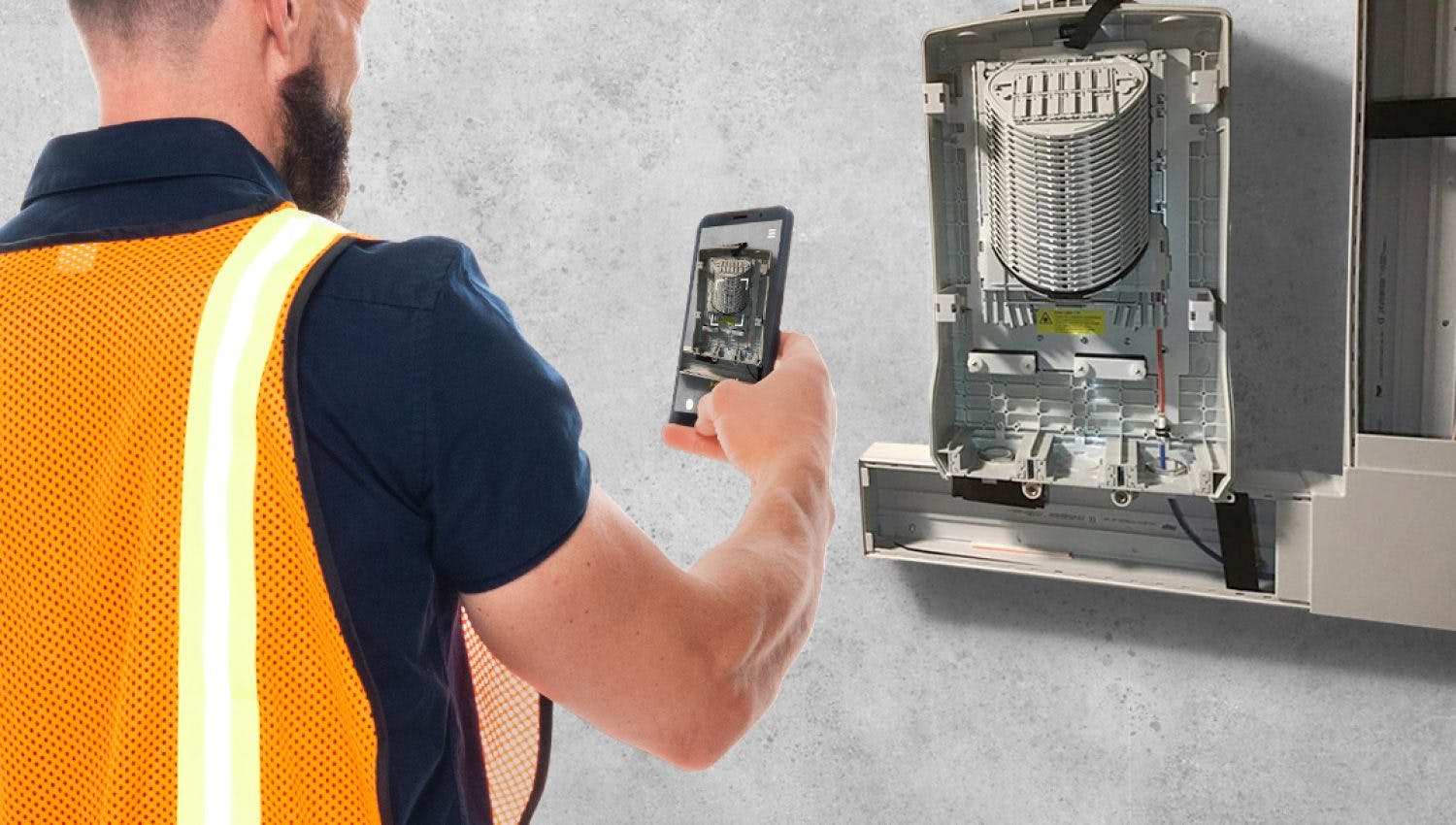One of the many use cases of computer vision is real-time verification of the work carried out by technicians and field agents on infrastructures. This allows to automate a task performed manually and thus to significantly reducing the costs of quality control. But again, field data proves to be essential to show AI algorithms how to do this verification work through supervised learning. In the first article of our series "Deploying a computer vision project and creating value in just 90 days", we saw how to create datasets of representative photos from the field. In this second article, discover how to create your custom AI to control the quality of fieldwork.
Validating the context of photos in datasets using AI
In the previous article, we explained that verifying the quality of field photos was essential to train computer vision algorithms. But it is also crucial to verify their context. Context validation is a checkpoint that ensures that each photo displays the expected element (an environment, equipment, a label, etc.) and that the photo is properly framed. We estimate that a volume of at least 100 photos showing compliant examples (OK) is necessary to start training on this checkpoint.
In 30 days, the mobile application is configured, and the standards for documenting operations are communicated to the field teams. This is followed by a new 30-day phase during which these teams take over the app to start building a quality dataset. Thus, in just 60 days, field employees are able to document operations properly.
Defining the scope of the AI-based quality control process
Remember, companies need to define the scope of their computer vision project. In the case of fieldwork quality control automation, this consideration focuses on the required photos and checkpoints. This comes down to asking yourself a few essential questions:
- What are the quality challenges encountered in the field?
- How many images should field employees take?
- What are the photo angles that allow you to visualize and thus verify their work?
- What control points need to be verified by legal obligation or contractual agreement with your clients?
- What are the professional gestures whose result is visible to the naked eye and therefore verifiable through computer vision?
The number of photos to ask field employees to take depends on the complexity and duration of the operation. Defining the right volume of mandatory images is an important consideration. Indeed, field employees should not spend more time generating an operation report than doing their work. We recommend not asking for more than ten photos for an hour-long operation and limiting the number of checkpoints per photo to 5. Like many others, those parameters can be adapted during the implementation, using the first feedback from the field.
There are several types of checkpoints that AI can check, which help assess the quality of the work performed by field employees. Here is a non-exhaustive list:
- Positioning of equipment or component
- Presence of a protection on a component
- The presence of a safety device on the equipment
- Validation of a security test
- Presence and reading of a label with a reference or serial number
- Validation of the conformity of the content of a label
- Detection and validation of cable connection according to inventory data
Training algorithms to automatically verify the conformity of professional gestures
Validating the compliance of field employees' work automatically requires training the algorithms. Indeed, to analyze a checkpoint, the AI must have seen it before in various situations. The project team must thus collect examples where the checkpoint is compliant (OK) and non-compliant (KO) for this training. This collection is done via Deepomatic's mobile application during operations. It is estimated that a few hundred photos are required to initiate training.
If you have not collected enough photos for a given checkpoint, Deepomatic recommends separating it from the rest. You can then continue the collection phase for this specific case without impacting the training of the algorithms with complete datasets. The deployment plan will, therefore, be adapted to the progressive delivery of the checkpoints. Remember that a computer vision project is not implemented in one go and that iterations are common.
Deepomatic has been supporting companies in several sectors worldwide for ten years. If your company operates in one of these industries and geographies, you can benefit from training AI models and thus benefit from faster deployment.
To conclude, it is essential to remember that the elements that make up the photo are just as important as the quality of the image to train your AI. Drawing up the matrix of checkpoints to be implemented helps to concretize the expectations regarding the professional gestures of field employees. Project teams can iterate on these checkpoints based on the first feedback from the field. In the following article, we will see exactly what tools and indicators allow project teams to measure the first results of using computer vision for field operation quality control.





